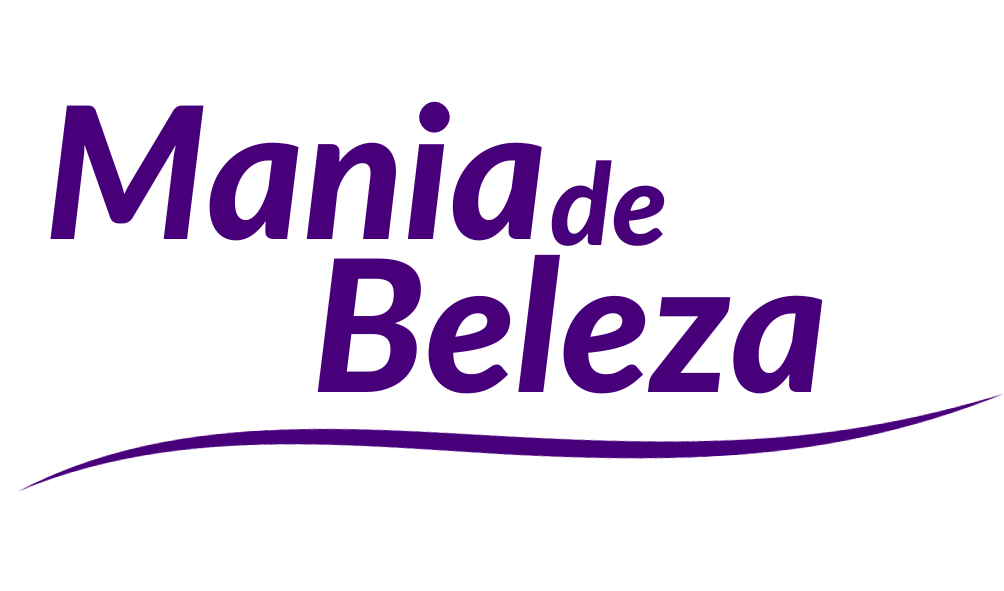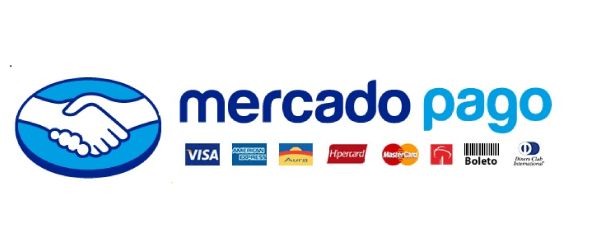Understanding the Dutch Driver’s License Classes
Navigating the intricacies of Dutch driver’s licenses can be daunting, particularly for newcomers or these unfamiliar with the European Union’s standardized system. The Netherlands, like many EU nations, follows a structured categorization for driver’s licenses, designed to make sure safety and competence on the roads while accommodating numerous types of vehicles and driving conditions. This guide goals to make clear the different categories of Dutch driver’s licenses, serving to you understand what each entails and the way they may apply to your driving needs.
Overview of Dutch Driver’s License Classes
1. Category AM (Moped):
The AM category covers mopeds, scooters, and light quad bikes. To obtain this license, you should be no less than 16 years old. The training typically contains theory and practical components, focusing on handling these smaller vehicles safely in urban and suburban environments.
2. Category A1 (Light Motorcycle):
Designed for motorcycles with an engine capacity up to 125cc and an influence output of up to 11kW. Riders have to be no less than 18 years old to obtain this license. This category serves as an entry-level license for those starting with smaller motorcycles.
3. Category A2 (Medium Motorcycle):
For motorcycles with an influence output of up to 35kW. Riders have to be at the least 20 years old or have held an A1 license for at the very least 2 years. This category permits for driving more highly effective motorcycles as riders gain experience.
4. Category A (Unrestricted Motorcycle):
This is the full motorcycle license, allowing riders to operate motorcycles of any power output and size. To acquire this license, riders must be not less than 24 years old or have held an A2 license for no less than 2 years.
5. Class B (Automobile):
The most common and versatile category, covering passenger automobiles up to 3,500kg with a most of 8 seats (including the driver’s seat). This license is obtainable from the age of 18. It additionally permits driving sure light trucks and vans, provided they fall within the weight and seat limit.
6. Category BE (Automobile with Trailer):
This extension allows drivers with a Class B license to tow trailers or caravans exceeding 750kg (as much as a combined weight of four,250kg). Additional training and a practical examination are required to acquire this extension.
7. Category C1 (Light Truck):
For driving vehicles between three,500kg and seven,500kg. This consists of medium-sized trucks and vans. Drivers have to be at least 18 years old to obtain this license.
8. Class C1E (Light Truck with Trailer):
Allows drivers with a Class C1 license to tow trailers exceeding 750kg, provided the combined weight does not exceed 12,000kg.
9. Class C (Truck):
Covers trucks exceeding 7,500kg. Drivers must be at the very least 21 years old to obtain this license.
10. Category CE (Truck with Trailer):
This extension permits drivers with a Class C license to tow trailers exceeding 750kg, with a mixed weight exceeding 12,000kg.
Process and Requirements
To acquire any Dutch driver’s license, candidates must undergo each theoretical and practical training, often provided by licensed driving schools. The process contains:
– Theory Examination: Covers visitors regulations, road signs, and fundamental vehicle mechanics. This should be passed before the practical exam.
– Sensible Examination: Entails demonstrating driving skills under varied conditions, such as city driving, highway maneuvers, and parking.
– Medical Examination: Required for some classes, guaranteeing drivers are physically fit to operate vehicles safely.
– Age Requirements: Minimal ages vary depending on the class, with stricter guidelines for bigger or more highly effective vehicles.
Renewal and Legitimateity
Dutch driver’s licenses are typically legitimate for 10 years, after which they should be renewed through a simple administrative process, assuming the driver is still medically fit. Renewal fees fluctuate relying on the category.
Conclusion
Understanding Dutch driver’s license classes is essential for anybody planning to drive within the Netherlands. Whether or not you are aiming to ride a motorcycle, drive a car, or operate a truck, knowing the requirements and distinctions between categories ensures compliance with local laws and promotes road safety. By following the structured approach outlined in this guide, you can navigate the process of acquiring and sustaining your Dutch driver’s license with confidence and clarity.
If you loved this write-up and you would like to acquire more data concerning rijbewijs kopen 2024 kindly visit our own web-page.

